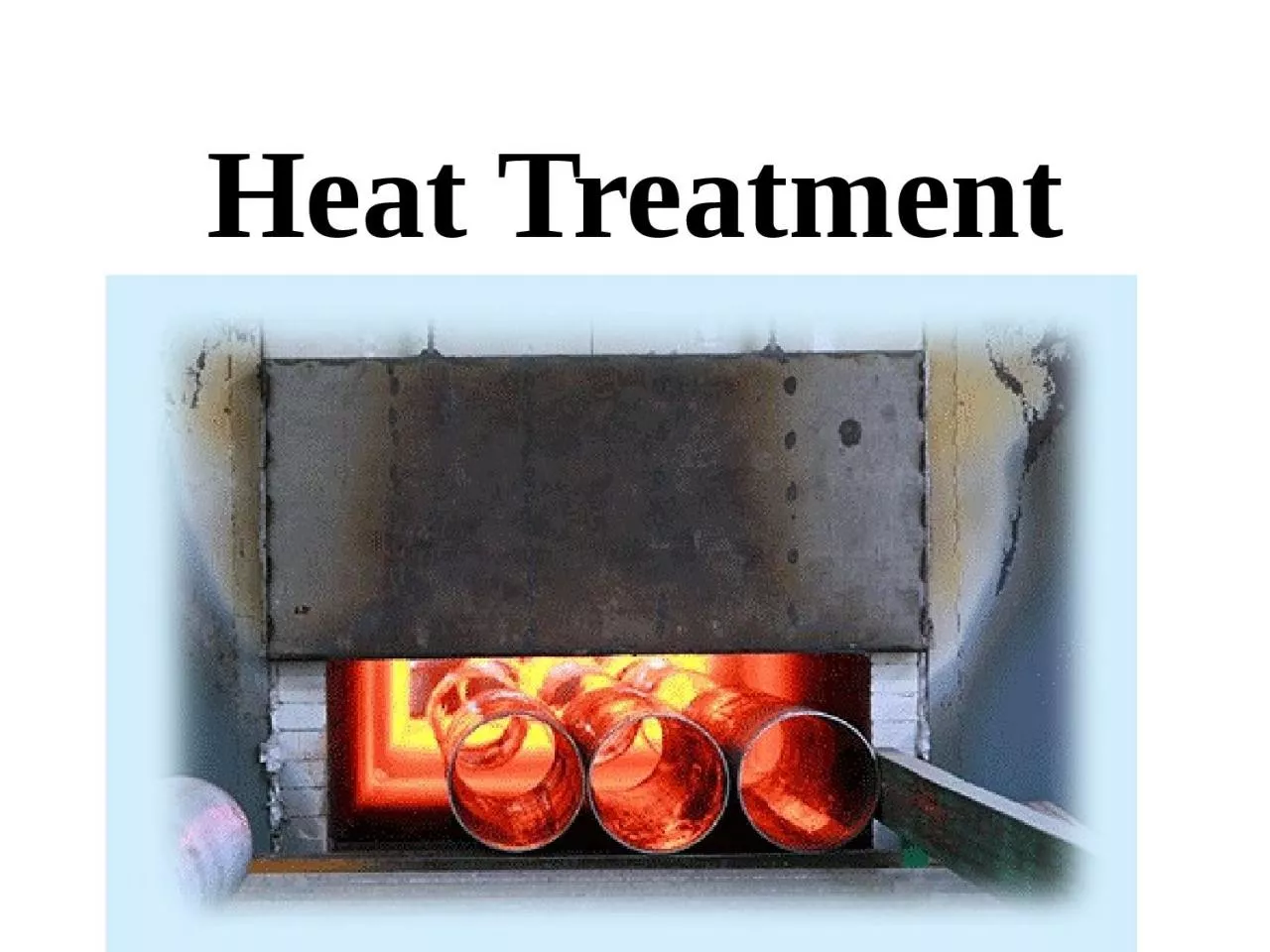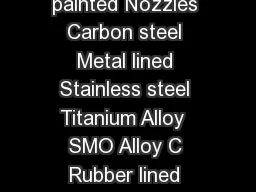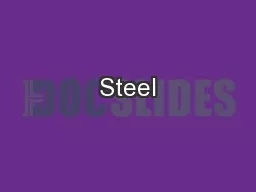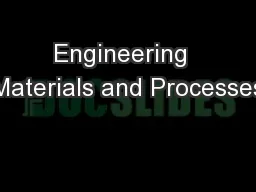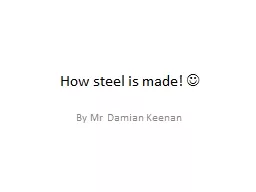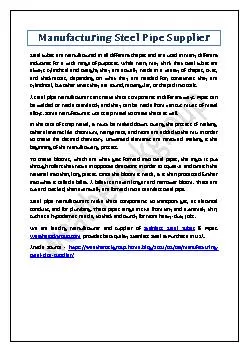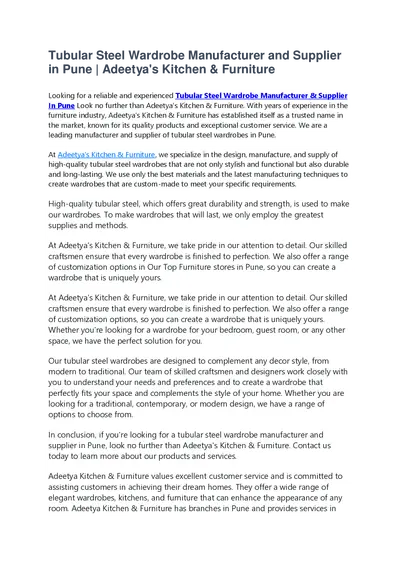PPT-Heat Treatment The amount of carbon present in plain carbon steel has a pronounced effect
Author : isabella2 | Published Date : 2023-10-29
properties Heat treatment is a method used to alter the physical and sometimes chemical properties of a material The most common application is metallurgical It
Presentation Embed Code
Download Presentation
Download Presentation The PPT/PDF document "Heat Treatment The amount of carbon pres..." is the property of its rightful owner. Permission is granted to download and print the materials on this website for personal, non-commercial use only, and to display it on your personal computer provided you do not modify the materials and that you retain all copyright notices contained in the materials. By downloading content from our website, you accept the terms of this agreement.
Heat Treatment The amount of carbon present in plain carbon steel has a pronounced effect: Transcript
Download Rules Of Document
"Heat Treatment The amount of carbon present in plain carbon steel has a pronounced effect"The content belongs to its owner. You may download and print it for personal use, without modification, and keep all copyright notices. By downloading, you agree to these terms.
Related Documents

